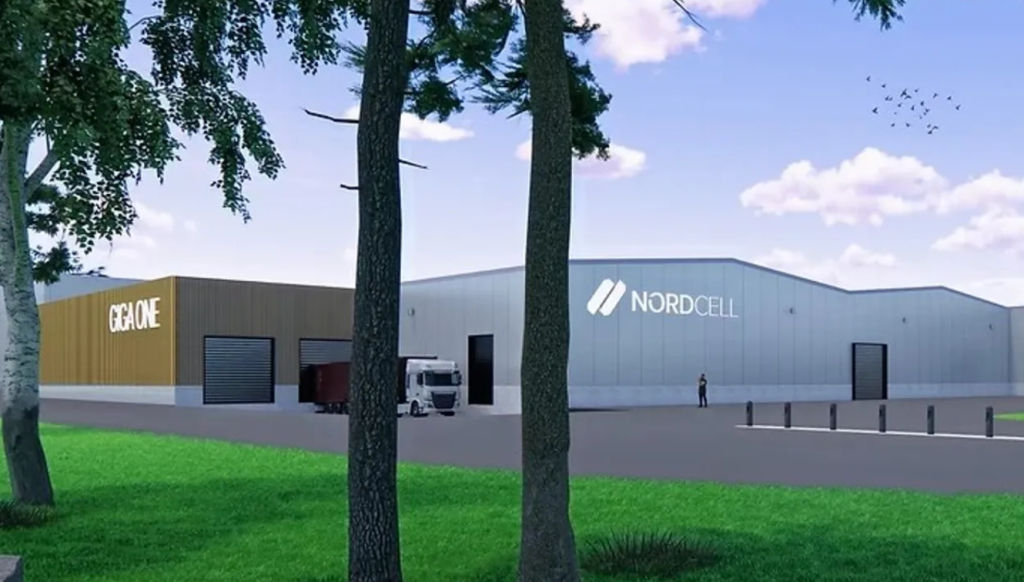Recently, a co-founder of Swedish solar company Nordcell Group confirmed that the company has officially terminated its plan to build a 1.2 GW solar module factory in Sweden. The founder explicitly stated that the price pressure from imported products was the core reason for shelving the plan, also citing multiple factors such as the indirect impact of the US Inflation Reduction Act and the EU regulatory environment.
The founder revealed on social media that the price of some imported solar modules in the current European market has dropped as low as €0.08 per watt. According to their statement, Nordcell’s local production cost would be approximately €0.16 per watt, meaning imported products are priced at just half the local production cost, creating an overwhelming competitive advantage. However, these specific figures regarding cost and selling price have not yet been verified by third-party institutions.
In fact, there were earlier signs of stagnation for this project, named “GIGA ONE”. Industry media Renewables Now reported earlier this week that the project had stalled due to financing obstacles and a deteriorating market environment. This was confirmed by Nordcell’s latest financial documents and a German institution involved in the project’s feasibility study. The founder’s statement now officially confirms the project’s termination.
Nordcell’s predicament is not an isolated case but reflects the broader pressure on the European solar manufacturing industry as a whole. Despite Europe’s strong push for renewable energy development in recent years, its local solar manufacturing sector consistently faces multiple challenges. Even larger, well-known companies in the sector, such as Meyer Burger and SMA, have recently publicly reported operational difficulties, including issues like low capacity utilization and compressed profit margins.
Analysts point out that European local solar manufacturers generally face a dual squeeze from high costs and external competition. On one hand, energy prices, labor costs, and regulatory compliance costs raise the barrier for local production. On the other hand, the price advantage of imported products remains prominent within the global solar supply chain landscape. Furthermore, shifts in global solar investment flows triggered by the US Inflation Reduction Act, coupled with the complex regulatory policies within the EU, are adding to the operational uncertainty for local companies.



